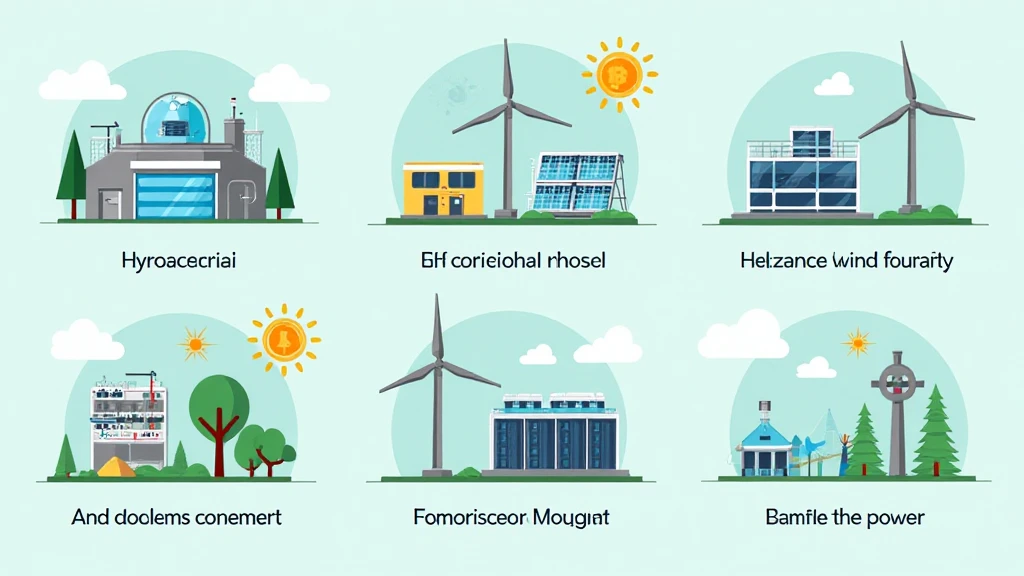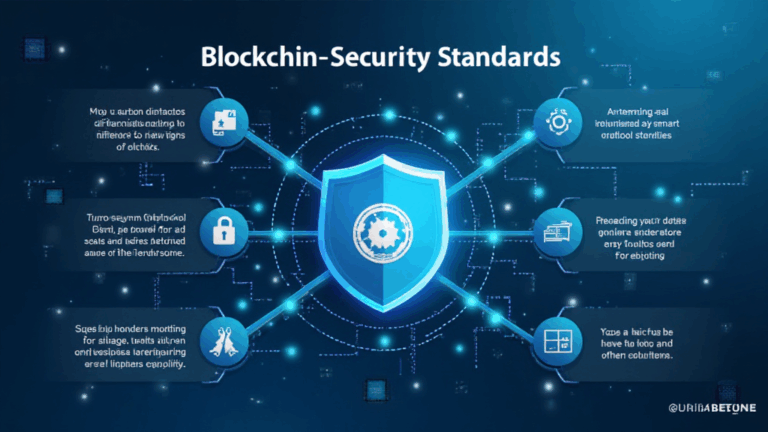
Introduction
In 2024, Bitcoin mining has drawn significant attention due to its energy consumption. Current estimates suggest that Bitcoin mining accounts for approximately 0.5% of the global electricity demand, raising concerns over the environmental impact. With many investors and enthusiasts questioning the sustainability of cryptocurrency, understanding Bitcoin mining energy sources is crucial. How can we mitigate the ecological footprint of Bitcoin mining while still reaping its benefits?
In this article, we will explore various energy sources used in Bitcoin mining, emphasize their sustainability, and examine their implications within the context of the growing Vietnamese cryptocurrency market.
1. The Context of Bitcoin Mining Energy Sources
Bitcoin operates on a proof-of-work model, which requires miners to solve complex mathematical problems to validate transactions and secure the network. This process demands a substantial amount of energy. As Bitcoin’s popularity increases, so does the need for sustainable energy solutions. The focus on Bitcoin mining energy sources has never been more relevant.

For instance, the average energy consumption of Bitcoin mining can be compared to that of Argentina. With the surge in demand and global attention, miners are increasingly exploring diverse energy sources.
1.1. Current Trends in Energy Use for Bitcoin Mining
Many mining operations predominantly rely on fossil fuels, particularly in regions where energy is cheaper. According to recent findings:
- 63% of Bitcoin mining uses fossil fuels, contributing to significant carbon emissions.
- 37% comes from renewable resources, showcasing a growing trend towards sustainability.
2. Renewable Energy Sources in Bitcoin Mining
As awareness of climate change challenges increases, more miners are turning to renewable energy sources. Here’s a breakdown of notable options:
2.1. Hydroelectric Power
Hydroelectric power is currently one of the most sustainable energy sources for Bitcoin mining. Countries like Iceland and Venezuela utilize this energy due to abundant water resources.
- According to a report by GlobalData, over 75% of Bitcoin mining in Iceland relies on hydroelectric projects.
- Miners can secure low energy costs, ensuring profitability while maintaining low environmental impact.
2.2. Solar Energy
Solar energy has gained traction in places with high sunlight exposure. For instance:
- Mining farms in Texas utilize vast solar fields that produce energy for around $0.02 per kWh.
- This approach not only stabilizes cost but also diminishes reliance on non-renewable resources.
2.3. Wind Power
Wind energy is another attractive energy source for Bitcoin miners. Key statistics include:
- Wind farms can produce effective energy at a competitive rate, averaging around $0.01 per kWh.
- Notable projects, such as those in Norway, emphasize the efficiency and sustainability of wind energy.
3. Hybrid Systems in Bitcoin Mining
Implementing a hybrid system could potentially maximize benefits while limiting energy investment. Miners can combine renewable sources with traditional methods efficiently.
- For example, combining solar energy with a natural gas backup can offer optimally low energy costs during non-peak hours.
- This allows miners to switch between sources based on availability and cost-effectiveness.
3.1. Case Studies
Several mining operations have successfully implemented hybrid energy systems. Noteworthy examples include:
- Cryptocurrency mining facilities in Vietnam are increasingly developing hybrid setups, encouraging a more sustainable approach.
- Data indicates a remarkable 30% reduction in costs and carbon footprints.
4. The Implications of Sustainable Mining on the Vietnamese Market
As Vietnam navigates its path towards greater cryptocurrency adoption, a focus on sustainable mining can benefit the local market significantly. Here’s how:
4.1. Growth of Cryptocurrency in Vietnam
According to research, Vietnam has experienced an increase in cryptocurrency users, with estimates suggesting that the number is approaching 5 million.
- Investing in sustainable mining can bolster the local economy while attracting skilled labor.
- Relying on local renewable resources can mitigate costs and encourage the energy sector’s growth.
4.2. Government Policies
The Vietnamese government is beginning to recognize the importance of establishing standards for Bitcoin mining operations, including energy consumption regulations. In alignment with this:
- Policies promoting the use of renewable energy could create incentives for miners.
- Investments in sustainable practices may garner international support and increase Vietnam’s appeal in the cryptocurrency landscape.
5. Future Outlook: Innovation and Sustainability in Bitcoin Mining
The future reiterates the necessity of sustainability within Bitcoin mining operations. Considering technological advancements, scenarios such as:
- The development of energy-efficient mining rigs that consume 30% less energy.
- Blockchain projects focused on enabling green energy trading among miners can make a significant difference.
As investors and stakeholders emphasize sustainability, miners should consider energy diversification as an asset rather than a liability.
Conclusion
As Bitcoin continues to rise in popularity, the scrutiny over its energy consumption remains. Developing sustainable Bitcoin mining energy sources is not just a trend; it’s a necessity. With renewables like hydro, solar, and wind paving the way for greener mining practices, we can expect the cryptocurrency landscape to evolve towards a more sustainable future. Embracing these energy sources will benefit not only the environment but also miners seeking long-term profitability and public support.
Ultimately, as miners adapt to these changes, they contribute to a brighter future for both Bitcoins and the global environment. For more insights about mining practices and trends, visit btcmajor.






